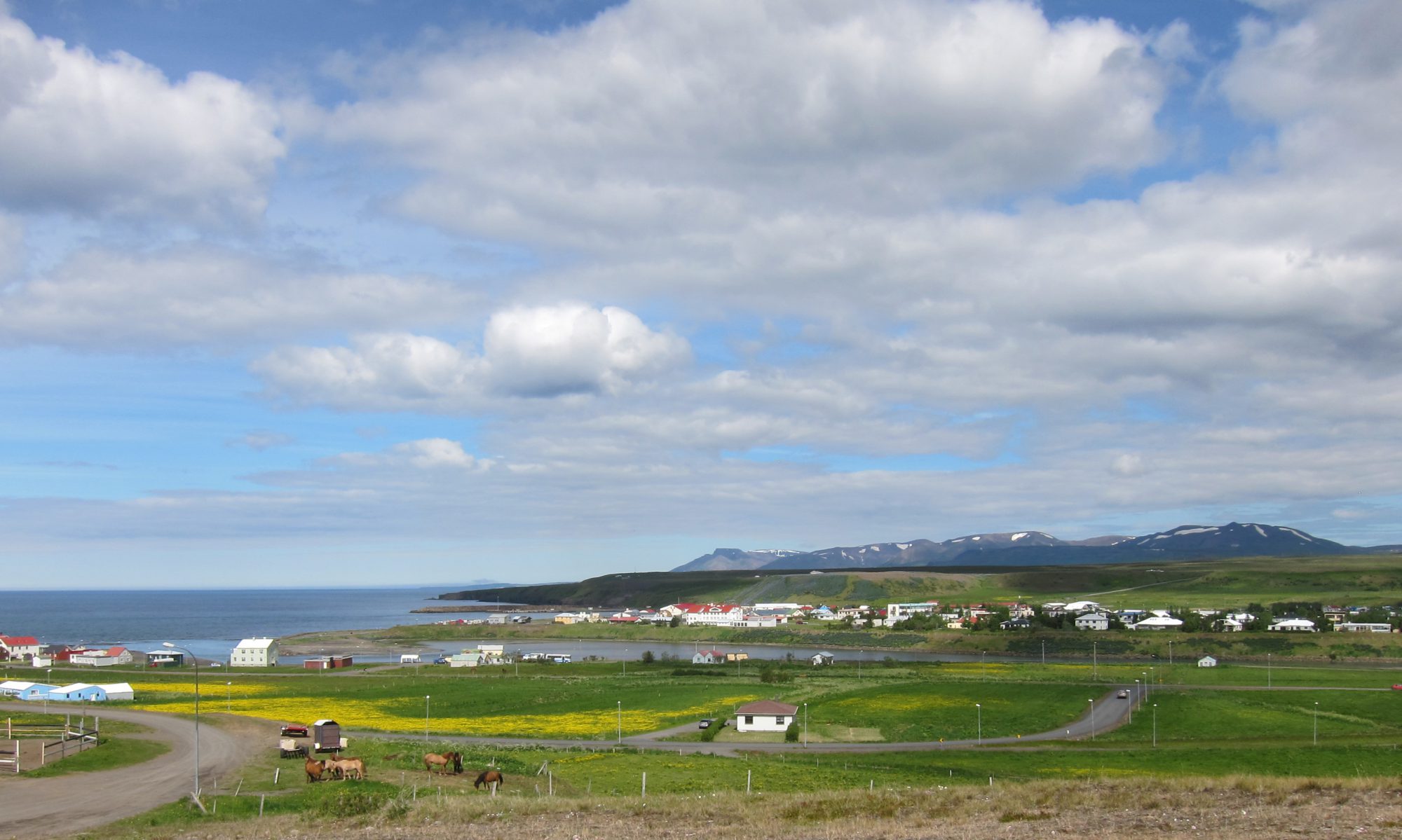Growing up I had a good friend whose father worked in film. He was a prop master, and if my memory serves me correctly, he couldn’t get through a film without spotting the flaws, looking for continuity, or catching the odd moment of subtle brilliance. I was never sure if he even enjoyed movies, bonded as he was by his profession to always pay attention to the details.
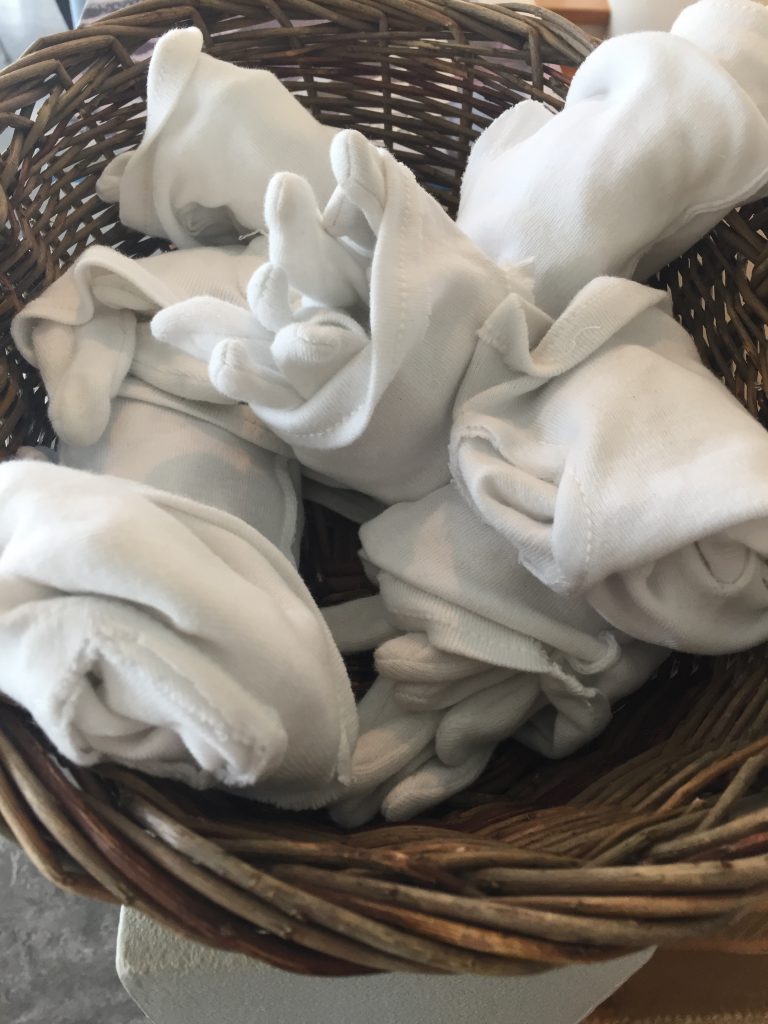
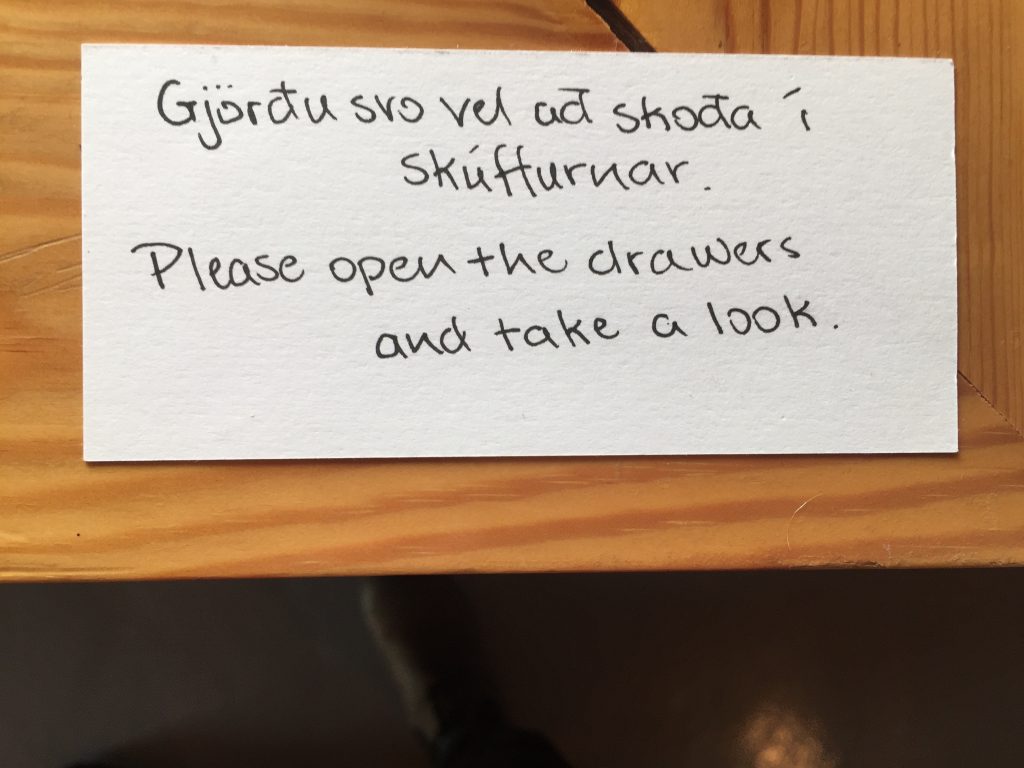
Many years later, as a mid-career museum educator I sometimes think of him and this experience when I wander through museums on my own time, for pleasure. Without fail, I quickly start to notice the details — details related to accessibility, pedagogy, and inclusivity.
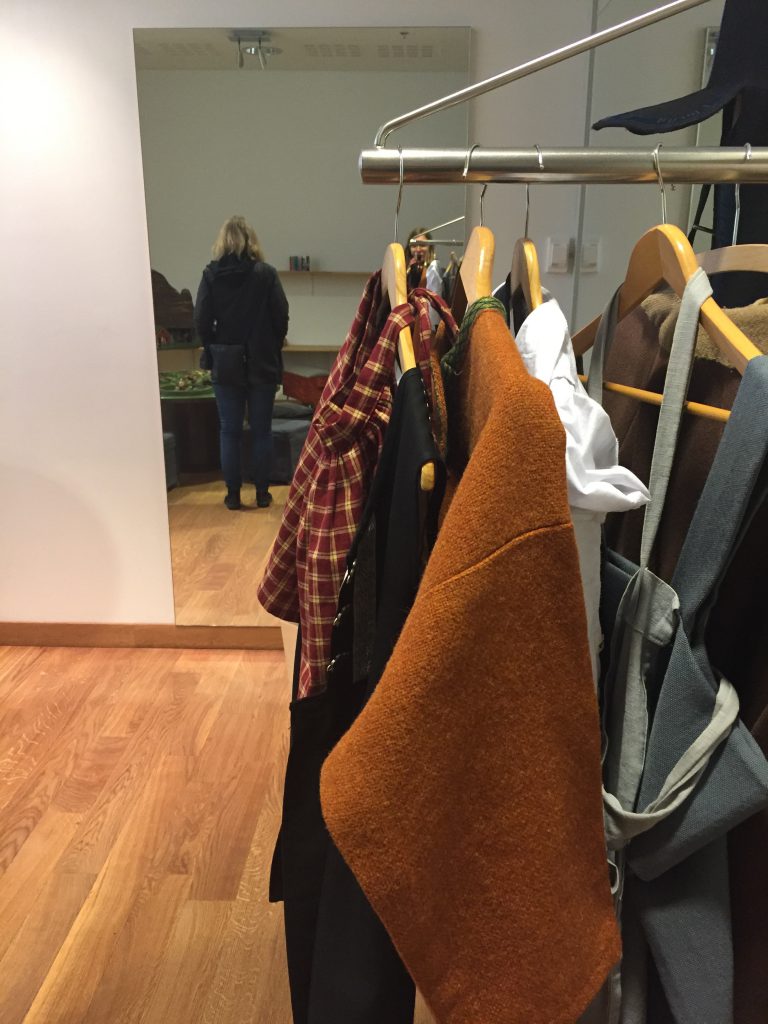
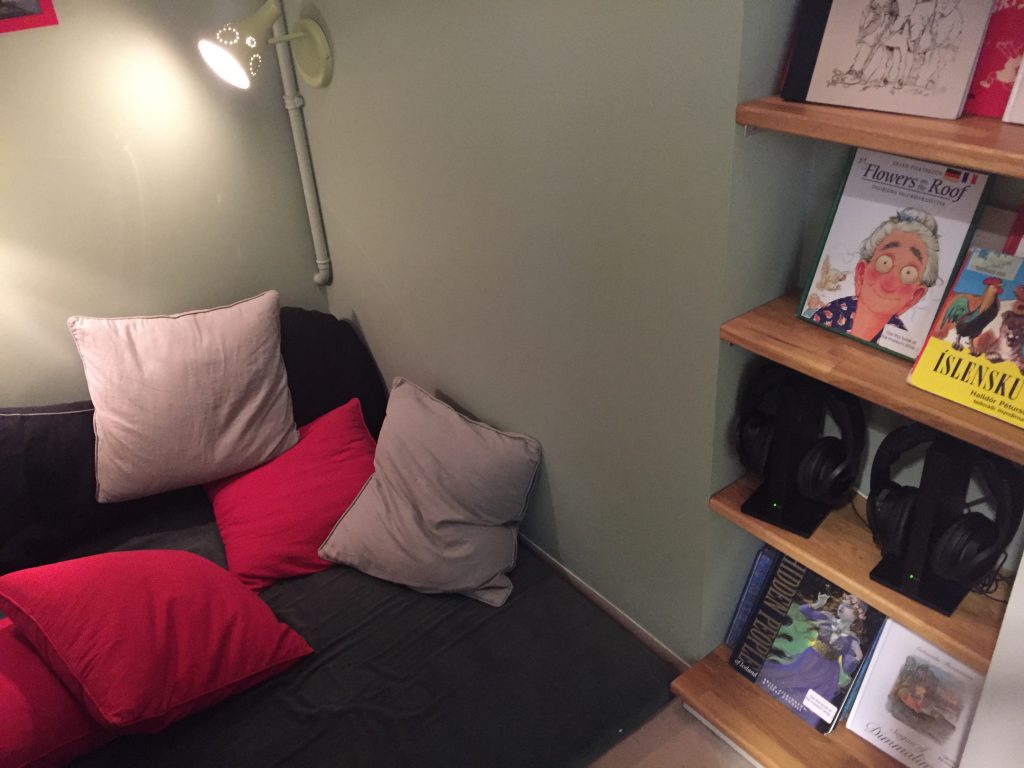
A satisfying visit to a museum can an affective, intellectual, social, or sensory experience. Comfortable places to sit can be as important as a legible wall panel, a new story, opportunities to touch an object, or challenges to think outside the box.
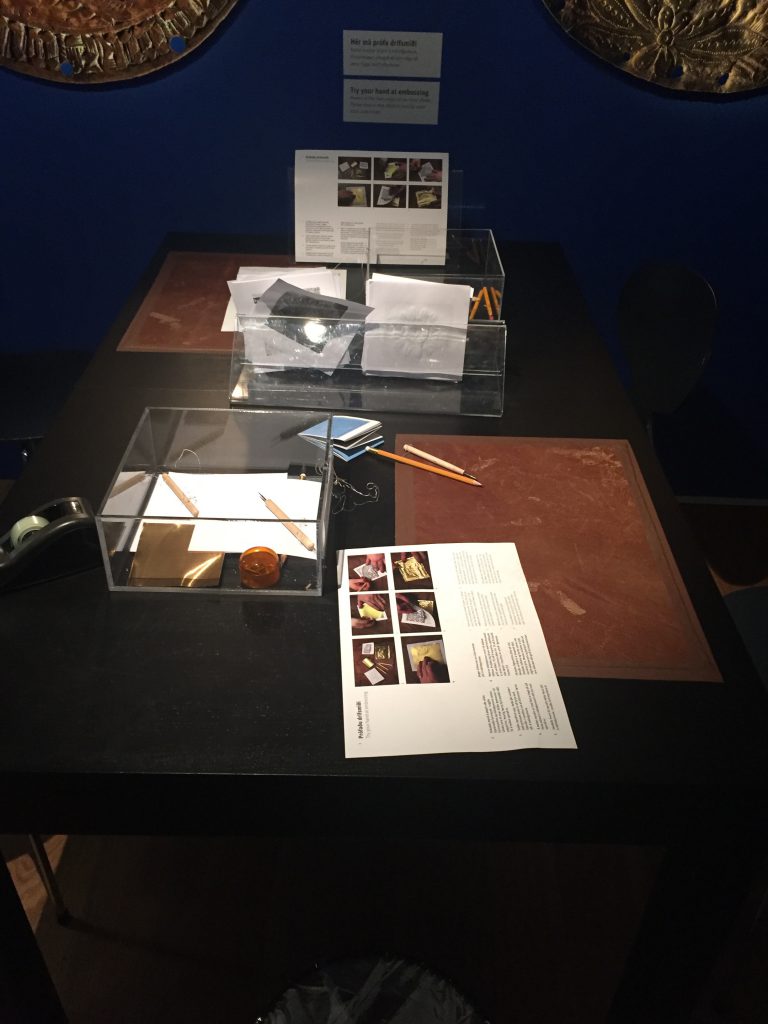
Having made some recent visits to local, regional, and national museums here in Iceland, I took note of what I consider to be some examples of good practice — examples of learning made easier, more interesting, experiential, or active.

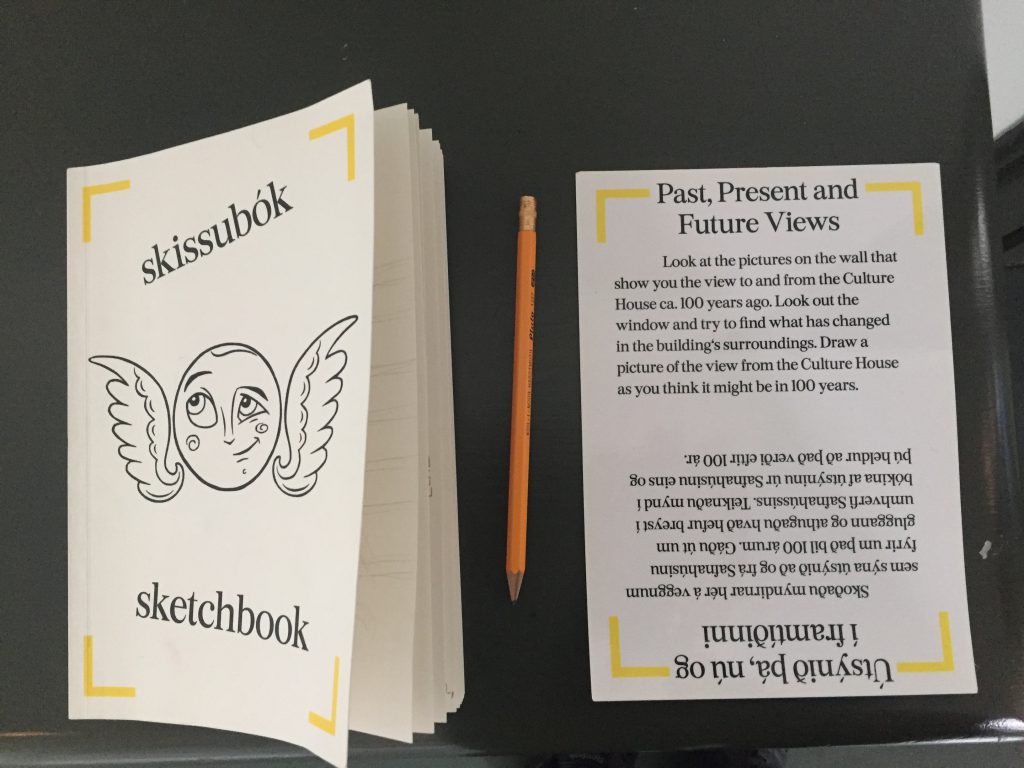
I asked myself, what strategies is the museum using to engage its independent visitors in active learning? How are visitors made to feel welcome, seen, and heard in their exhibition spaces? By what means might their curiosity be piqued, their doubts raised, their patience tested, their spirit ignited?

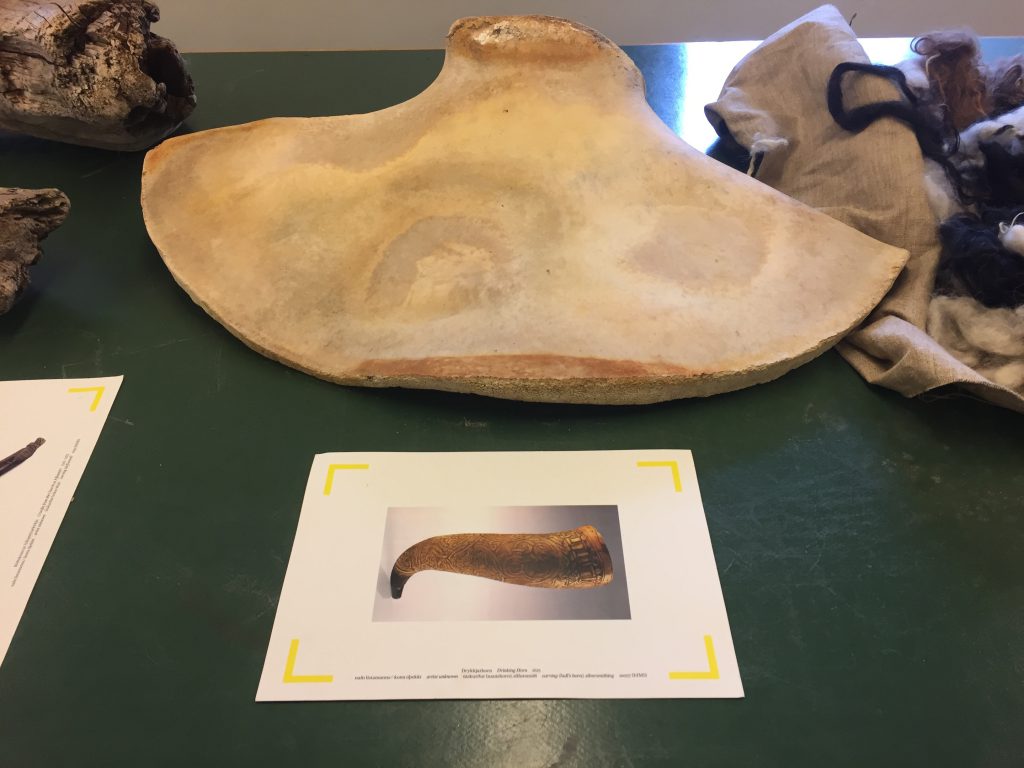

Some of these examples are more novel than others, but demonstrate that strategies with lasting power don’t always need to be new, complex, or high-tech in order to be effective in triggering new ideas or creating connections between people, objects, and narratives. I’ll continue to look for the details in order to find new ideas and validate or challenge existing ones — all part of an ongoing process of reflective museum education practice.
